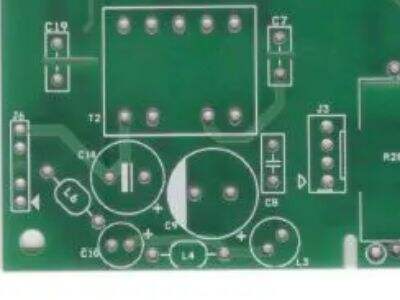An Overview of Data Concentrator in Smart Grid Systems
While data concentrators themselves have been in existence for centuries, technology advances in the Market and however have made these more improved. Early in the days of smart grids, data concentrators are mostly utilized for meter and other devices field data collection. And, they'd relay this data to the utility for further analysis and decision making.
Functions of Data Concentrators in the smart grid structure:
Data concentrators have a key function in today's smart grid architecture. They serve as the central node of gathering, inter-linking and analysing data throughout the gird. This data is used for operational monitoring of the system, fault alarm and a control room input to optimise grid operations.
The growing use of renewable and electric power Meter Catalogue has made data concentrators even more central to the grid. They also enable utilities to integrate the variability of renewable energy generation, and swelling demand for electricity from EVs.
Data concentrator evolution for more intelligent grids
Data concentrator technology Components has advanced significantly over the past several years. The modern models come with easy communication and have the power to wirelessly create, download or even transmit your data over a safe link. They have highly sophisticated and fast processors written in software codes that can then be used for real-time analysis that helps utilities.
Data Concentrators – Improving Grid Reliability and Efficiency
Increasing Grid Reliability And Efficiency With Data Concentrators By capturing and processing this data in real-time, they help utilities identify early signs of a problem before it develops into a major concern. This holistic strategy lets the utilities be proactive and take early actions to help keep the grid running.
Data concentrators additionally drive higher grid efficiency and improved electricity flow, reducing waste. It can detect where there is the most demand and redistribute electricity so that no customer is denied electricity… In doing so, this not only optimises customer satisfaction but also reduces the energy spend and the ecological footprint.

